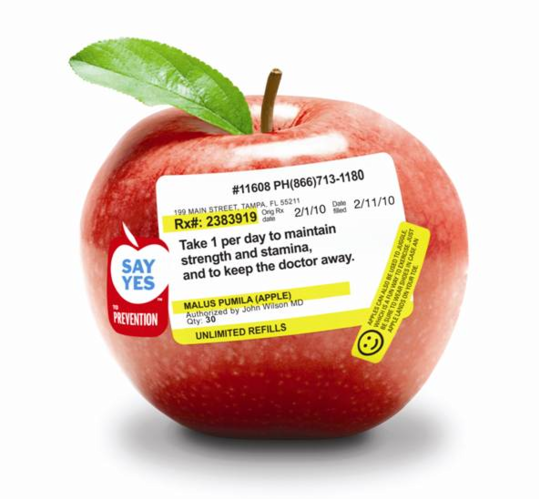U.S. Preventive Medicine was part of our Employer panel at October’s Health 2.0 Conference in San Francisco, a wonderful event that showcases the latest in health care technology and especially how it is helping connect people — to information, to their doctors, to other patients — to improve their health. The Health 2.0 for Employers panel looked at how these technologies are improving the health care experience for employees and their families.
At the conference, Fred Goldstein, president of U.S. Preventive Medicine, had the audience’s attention when he mentioned their not-yet-released health management study. So, you can bet we were excited to get our hands on the actual study and article published by the health care journal Population Health Management detailing how The Prevention Plan – a prevention program for employers – reduces health risks.
The study found that that after one year on U.S. Preventive Medicine’s “The Prevention Plan” nearly half (42 percent) of the approximately 2,600 plan participants experienced a decrease in the number of high health risks they faced, with 64 percent of high risk participants lowering their risk status and 87 percent of low risk participants maintaining their health status.
Younger and younger people with health conditions
Among the high risk health factors that underwent the greatest declines were: blood pressure (43 percent), fasting blood sugar (31 percent), stress (25 percent), alcohol consumption (24 percent), and cholesterol (23 percent).
I got a chance to chat with Fred Goldstein, president of U.S. Preventive Medicine, and Dr. Sami Bég, associate medical director of The Prevention Plan, about the study and what this means.
“We’re seeing younger and younger people come down with serious health conditions,” Fred said. “They’re not eating right, they’re not exercising, they have too much weight, they end up getting diabetes, and that ends up costing huge amounts of money in health care.”
Goldstein and Bég want to reverse that.
“Risk factors are precursors to disease, which are precursors to health costs,” Dr. Bég said. “Let’s get them to move in the opposite direction. Let’s do a health risk assessment to capture people who are not eating healthy or who are not exercising.”
“If we can help people improve their lifestyle, we can help improve their health,” Dr. Bég said.
The 5 Step Prevention Plan
And that’s the idea behind The Prevention Plan.
The plan has five steps. First, you complete a 15-minute health risk appraisal, and then schedule a blood test. After the test, you receives a personalized Prevention Plan report. The report can highlight some things you may not have known about their health and some things that may require immediate attention. More than just your typical online health assessment, the Prevention Plan’s report has an impressive interface, easy-to-understand details and simple action steps.
After that, you can create and maintain your own plan online. You can set own goals, check progress, get help from nurses and get reminders for screenings and exams and other actions that need to be taken. The last step is all about rewards, of course. You can earn points as they reach their goals and can redeem them for gift cards at major stores or other incentives as set by the employer.
Changes evident in the first year
“You can start seeing changes in risk reduction within the first year,” Dr. Bég said. “Over a longer period, you’ll start seeing that these reductions will translate into increased productivity and decreased health costs, which help the bottom line.”
Fred and Dr. Bég said companies can control costs. They just have to have the right plans in place.
“Because of the economy, corporations are not as able to add new equipment or capital, so they have to maximize the value and productivity of their human capital,” Fred said. “A qualified prevention program is the way to do that.”
